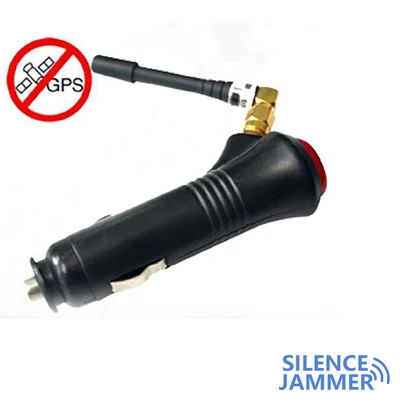Global Positioning System (GPS) and Global System for Mobile Communications (GSM) have become indispensable technologies in modern society. However, with the congestion of the radio spectrum and the increase in the use of jamming equipment by criminals, the reliability of GPS and GSM signals is facing severe challenges. In order to ensure the stability of communications and navigation, it is crucial to research and develop systems that can effectively detect, direction find and locate interfering signals. This article will introduce the principle, design and application of the GPS and GSM interference signal direction finding and positioning system based on detection.

Interference signal detection principle
- Detection technology
- Signal direction finding
Detection technology is a basic method in signal processing, used to extract the envelope information of the signal. For radio signals, detection can be achieved by diodes, operational amplifiers or digital signal processors. Using detection technology, the characteristics of interference signals can be extracted from the complex radio spectrum for analysis and positioning.

Signal direction finding is a key step in determining the direction of the source of the interference signal. Commonly used direction finding methods include:
Phase difference direction finding: Use a multi-antenna array to receive signals, and calculate the incident direction of the signal by comparing the phase difference of the signals received by each antenna.
Amplitude difference direction finding: Infer the source direction of the signal by measuring the difference in signal strength at different locations.
Time difference direction finding: Use the arrival time difference of the received signal at different locations to determine the signal direction.
Characteristics of GPS and GSM interference signals
- GPS interference signal
- GSM interference signal
GPS interference signals usually exist in the following forms:
Noise interference: Broadband noise signals cover the GPS signal frequency band, causing the receiver to be unable to lock on to satellite signals.
Spoofing interference: fake GPS signals to trick the receiver into calculating an incorrect position.
GSM interference signals mainly include:
Blocking interference: Strong signals interfere with the receiving ability of the GSM receiver, causing communication interruption.
Interference carrier: transmit interference signals of specific frequencies within the GSM frequency band, disrupting normal communications.
Some signal jammers can jam both GPS and GSM signals at the same time.
Interference signal direction finding and positioning system based on detection
- System architecture
- Multi-antenna array: used to receive radio signals in space.
- Detector: Performs detection processing on the received signal and extracts the envelope information of the signal.
- Signal processing unit: performs signal analysis, direction finding and positioning calculations.
- Display and alarm module: Display the location of interference sources in real time and issue alarm prompts.
- Workflow
- Signal reception: Multi-antenna array receives GPS and GSM signals in space.
- Detection processing: The detector detects the received signal and extracts the envelope information.
- Signal analysis: The signal processing unit analyzes the detected signal and identifies the characteristics of the interference signal.
- Direction finding calculation: Calculate the incident direction of the interference signal through the phase difference, amplitude difference or time difference direction finding method.
- Positioning calculation: Based on multiple direction finding results, triangulation or other positioning algorithms are used to determine the location of the interference source.
- Result display: The display and alarm module graphically displays the location of the interference source and issues an alarm when the interference source is found.
- System advantages
- Efficient detection: Detection technology can quickly extract signal envelope information and improve the efficiency of interference signal detection.
- Accurate direction finding: Multiple antenna arrays and advanced direction finding algorithms ensure direction finding accuracy.
- Real-time positioning: The system can process signals in real time, quickly locate interference sources, and ensure timely response to interference threats.
The GPS and GSM interference signal direction finding and positioning system based on detection mainly includes the following parts:
The workflow of the system is as follows:

Application scenarios
- The GPS and GSM jamming signal direction finding and positioning system based on detection has wide application prospects:
- Airports and shipping: Ensure the reliability of navigation systems and ensure flight and navigation safety.
- Communication base station: Maintain the stability of the GSM communication network and prevent communication interruptions.
- Military field: Protect military communications and navigation systems and prevent enemy interference.
- Emergency response: Quickly locate interference sources in emergencies to ensure emergency communications and navigation.
The GPS and GSM interference signal direction finding and positioning system based on detection is an important tool to deal with the threat of radio interference. Through effective signal detection, direction finding and positioning technology, the system can ensure the reliability and safety of navigation and communication. In the future, with the continuous advancement of technology, this system will play an important role in more fields and maintain the information security of modern society.


